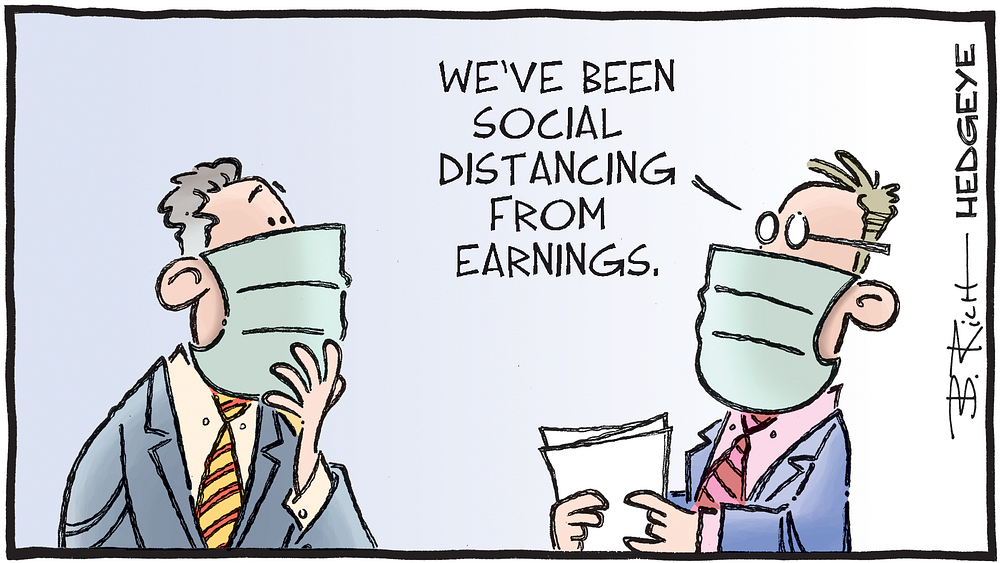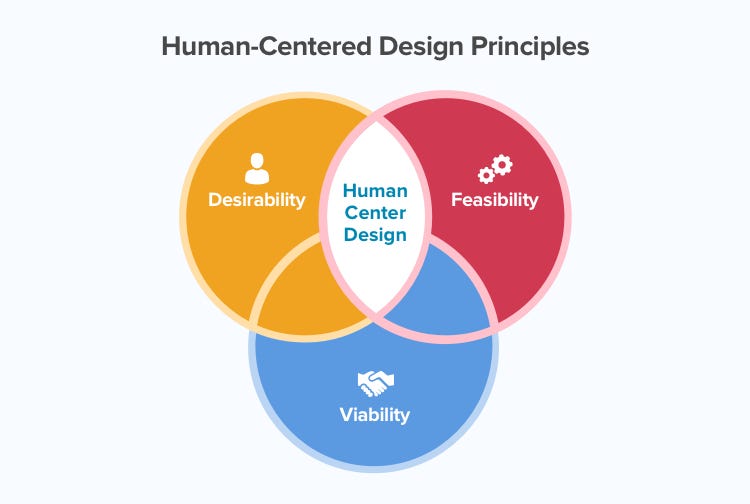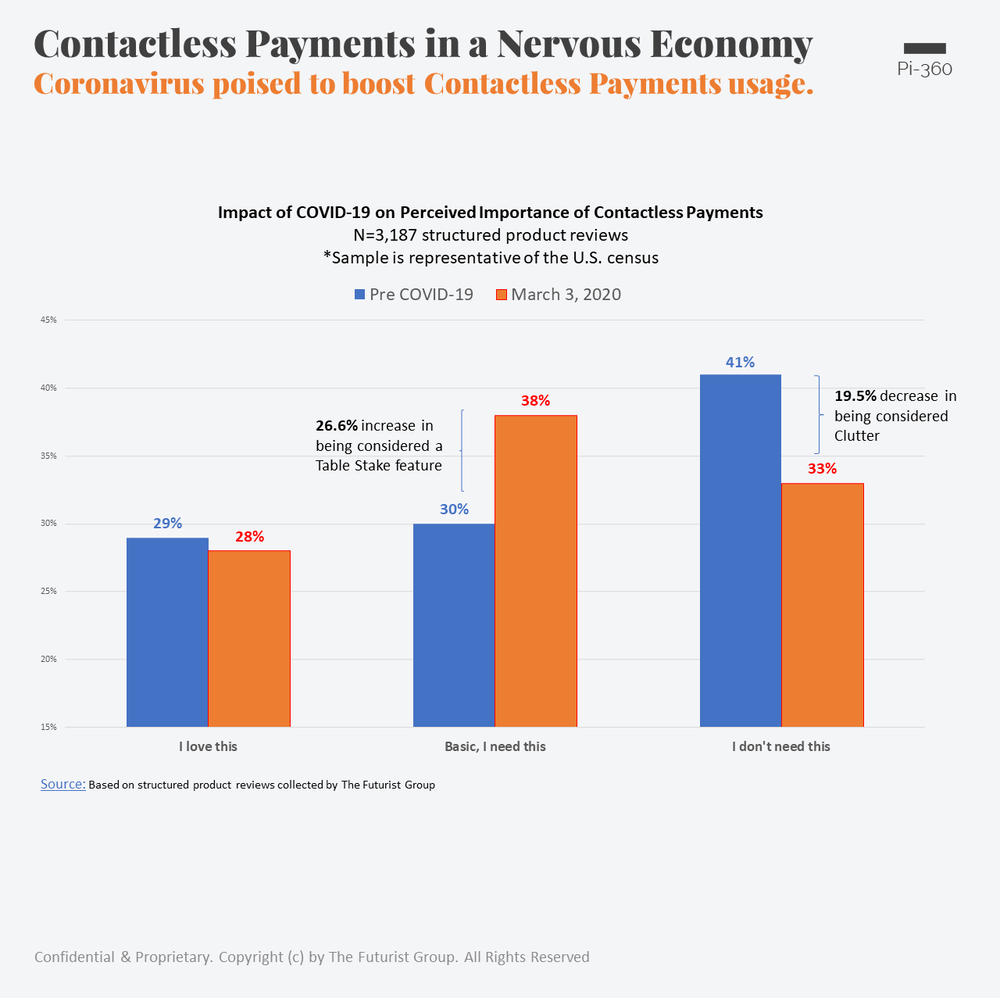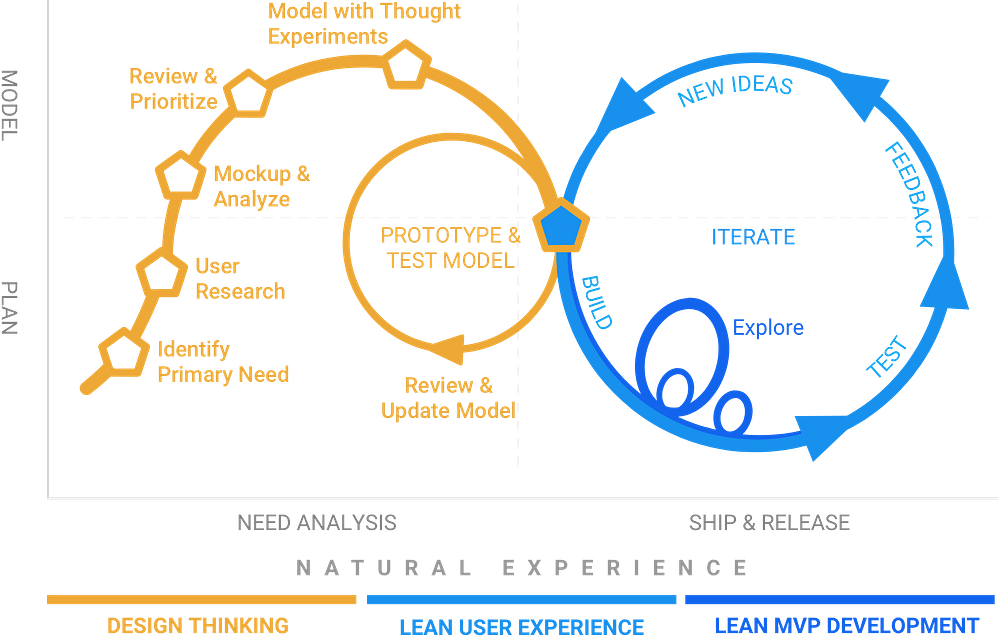The Covid-19 pandemic of 2020 has made the world come to a screeching halt. With countries shutting down their borders, industries, and putting their citizens in a ‘homely curfew’, a.k.a, ‘lockdown’; businesses from a small mom-pop restaurant to multi-billion dollar corporates are left scrambling for an economic ventilator. With governments, central bankers and economists trying to work out plans while cleansing their policies with a drop of Purell, the citizens are left to wonder how their lives will be change once the lockdown is over. The pandemic has not only rekindled an ancient fact of how proper hygiene is important, but also the need for social distancing to break the chain.

The term social distancing means physical distancing. Humans are a social animal. For us, it’s rooted in our genomes to hug, embrace, kiss, and be social with one another. The social aspect has given rise to societies and communities and empowered the race with a sense of belonging. The term social distancing, on the other hand, contradicts the definition of being humane. Well, you must be asking on your mind,
“How can we live with social distancing? How can we run businesses with social distancing? ”
The answer lies in embracing empathy and innovating our lives centering it or human-centric innovation, as we know it.
What is human-centric innovation?
Human-centered innovation helps us to create businesses tied to social values by empowering people with digital technology.
It comprises of three components, (a). Creativity, (b.) Intelligence and (c.) Connectivity. Each component adding value to (i) People, (ii) Technology, and (iii) Infrastructure.
- Empowering people with digital technology
- Using data-driven algorithms to improve our lives
- Enabling connectivity between businesses and society by providing an infrastructure [2]

What are the current challenges that companies are facing?
In the past two months, since the outbreak turned into a global pandemic, it has been clear the famous and popular UX of the last decade has been abandoned. Stores that championed their in-store experience like Starbucks, sharing economy platforms like Uber, Airbnb have lost significant traffic. Amazon Prime which was branded as a premium offering that offered convenience was a luxury in the e-commerce business model is currently struggling to maintain it’s quick and fast delivery.
“UX of convenience has become a UX of impatience”
- Mark Wilson [1]
Universities and companies across the globe are switching from their in-class /in-work experience to Zoom/ Microsoft Teams, but struggling a lot to offer the same experience.
Convenience has become a necessity now with local grocery stores to the Walmarts and Instacarts, trying to come up with ways in which they can efficiently deliver their products to customers while maintaining their supply chain and not putting their delivery person at risk. When the thin line between convenience and essentials is removed, the service is bound to crash.

Hospitals on the other end are struggling to implement the best practices of social distancing. Spain and Italy are some of the countries which recorded the highest mortality rates of medical workers and one of the reasons for this was the untimely execution of social distancing measures/ protective measures to immune the officials from the infected patients. It eerily paints a picture depicted in the HBO miniseries, Chernobyl, of how social distancing is crucial, be it a pandemic or a radioactive meltdown.

But wait, why are you saying it’s bad if the graph speaks otherwise? And here lies to caveat to this paradox. With demand being the driver to the growth of the online groceries, it is undeniable that people are what drives the company! And with the absence of proper preventive apparel or measures being implemented in the workplace, the demand curve might be high, but the lack of proper equipment will evidently disrupt the supply side of the business.
How can human-centric innovation bridge this?
Let’s start with some examples of how technology is enabling this. Take, for example, the concept of tele-doctors/ tele-medicines. The use of this kind of service will be extremely critical in the control of the pandemic. The US Congress even gave an additional $8.3 billion in funding. Apps like ‘Doctor on Demand’, ‘Lemonaid’, ‘Plushcare’ to name a few provide these crucial virtual medical services.
The payments industries, on the other hand, have been advocating the use of contactless payments and digital wallets for day-to-day transactions. These products were designed with the customer in there to offer fast convenient checkouts, but currently, there’s an immense scope for its adaptability to grow amongst the retailers and other businesses.

Architects and real-estate constructors can be enforced by the government and policymakers to implement mandatory contactless washbasins in the public toilets and handle-free doorknobs. The value of these small changes is quite big in the overall strategy of the company.
The gig economy on the other end must redefine how they can provide better customer service. A proposal can be a feature to enable door opening/closing. But for a longer strategy, we need to understand, can driverless cars be the answer to the ride-sharing problem? While food delivery service must equip their delivery personnel with contactless POS systems to avoid cash payments and still enable social distancing while running their business. Face-masks and other protective equipment must be integrated as one of the commandments in the value of the company.
One of the most critically damaged industries is the travel and airline industry. Airports must integrate thermometer sensors in their security scanning podiums to not only check for prohibited items but also prohibited personnel who might be potentially infectious to the others.
The concept of in-store experience has to be transferable! This is the time where Augmented reality and virtual reality can each play its role to show how we can blend in the analog world by integrating our digital half. There is an immense potential for this market from redesigning workplaces to universities to other public venues.
Some other projects that are being implemented are Drone Delivery programs, Budweiser’s live E-clubbing platform, how Planet Fitness moved their fitness sessions to social (Facebook Live), and became a hit.
In Spain, at the Institute of Biomedical Research of Salamanca, the University of Salamanca, and the Artificial Intelligence Research Institute, a team of researchers was developing an app to predict the evolution of the outbreak of Covid-19. Using blockchain technology, the app will provide a digital identity to each user. The users will have access to government certificates to enable healthy people to leave their homes to buy food and other necessities… [3]
Well, how can I start doing it?
Well, there is no particular framework for the implementation of a solution but my proposed approach can be summed up in 4 different steps:
- Identify different user personas and their key goals. Do try to understand their user needs, their current pain points.
- Map the pain-points to engineer what ideas you need to address them.
- Prototype and Iterate as much as possible. Be agile for the features, and lean for the product.
- Be aware of what information you want to provide and maintain informational clarity and transparency for simpler communications.

Never forget to ask the right set of questions when designing the product.
So, where does it lead from here?
While the lockdown has worked and human resilience and will are flattening the curve (as of the day of writing this article), it is quite hard to predict when this will come to stop. The answer has been quite clear until now.

Digital transformation cannot be an optional strategy for companies but a necessity, and business solutions must be designed around the value of human life in mind!
Empathy needs to overshadow the value of a P/L
The key to successful digital transformation comes from the fact of understanding what value is created by enabling connectivity amongst people, keeping them at the center of digital technologies.
References:
[2] https://www.fujitsu.com/sg/vision/human-centric-innovation/
[3] https://cointelegraph.com/news/spanish-researchers-try-to-flatten-the-curve-with-blockchain-app



